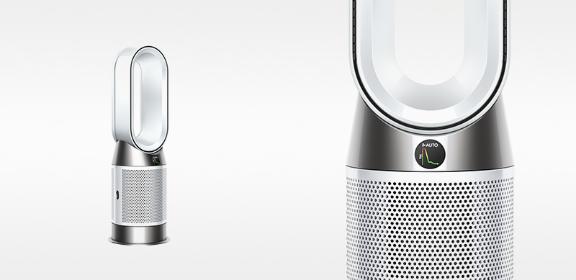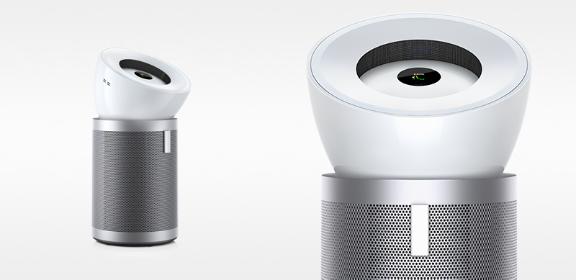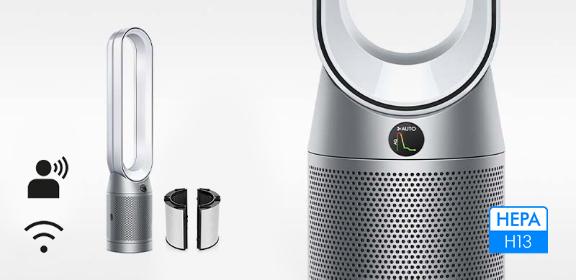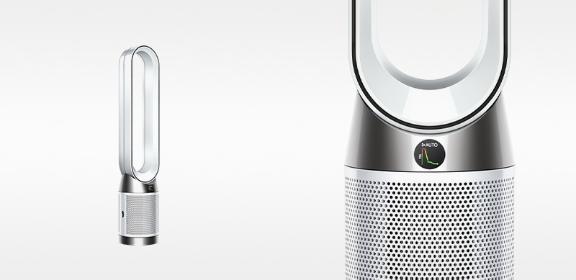Dyson Air Quality Backpack
Re-working existing sensing technology used in Dyson air purifiers, Dyson’s air quality backpack is a portable air sensing device which collects air pollution data on the move. With on-board sensors, a battery pack and GPS, Dyson hopes to use this sophisticated technology to offer insight into personal exposure to air pollution and how to avoid it.
One sensor in the backpack measures temperature and humidity. The other two detect pollutants including NO2, VOCs, PM2.5 and PM10. Unique algorithms process the data, which is combined with information gathered from the on-board GPS to create reports on air quality.

Alex Knox Vice President of Environmental Care at Dyson"Our engineers have developed intelligent sensors using knowledge derived from years of experience and research in air cleaning technology. Using our unique algorithm to process detailed reports of air pollution exposure, this innovative technology allows us to monitor air quality indoors, outdoors and on the move. What’s more, it all fits within a backpack."
Investigation of daily air pollution exposure for Delhi NCR-based mother
Dyson engineers analysed the findings by pairing the air sensor and GPS data from the backpack with Karuna’s diary entries, where she documented her activities and observations in the period wearing the air quality backpack. This allowed them to understand what may have caused the pollution and how Karuna might be able to lower her exposure in the future.

Data showed average personal exposure to PM2.5 indoors to be over four times worse during November
The Phase 2 pollution data collected in November indicated a significant increase in PM2.5 levels, with average levels rising by 459%*. These levels remained high both indoors and outdoors, irrespective of the activity taking place.
Karuna’s Phase 1 data highlights how air quality can be impacted by daily activities. Actions like frying food in the kitchen increase PM2.5 levels by five times, while visiting an outdoor market caused NO2 levels to rise to 2,500ppb, which registers as very poor on the Dyson AQI scale. Chauhan’s exposure to PM2.5 and NO2 pollution peaked while she was driving on the Expressway.

-

Average overall air quality recorded over two days using Dyson’s prototype air quality backpack
-

Average overall air quality recorded over two days using Dyson’s prototype air quality backpack
-

Yoga in the park
Pollution levels remained high, highlighting that green spaces within cities can still be impacted by city pollution due to their proximity to pollution sources like vehicles and construction.

-

Cooking at home
Actions like frying food in the kitchen increased PM2.5 levels by five times. The combustion process while cooking releases particulates into the air, likely contributing to this increase.

-

Getting ready
Within the home, exposure to VOCs is increased due to usage of common household items like deodorants, perfumes perfumes, aerosols and cleaning sprays.

-

Visiting Khan market
Visiting an outdoor market caused NO2 levels to rise to 2,500ppb, which registers as “very poor” on the Dyson AQI scale.

Download the full report
Karuna’s data findings showed an increase in pollution levels during daily routine activities such as cooking, cleaning, venturing out in green spaces and traveling by car. Read the full report here.
 Download the full report " itemprop="image"/>
Download the full report " itemprop="image"/>300KB
Common pollutants found in cities
Dyson's newly designed air quality detection backpack helps detect common indoor and outdoor pollutants.
-
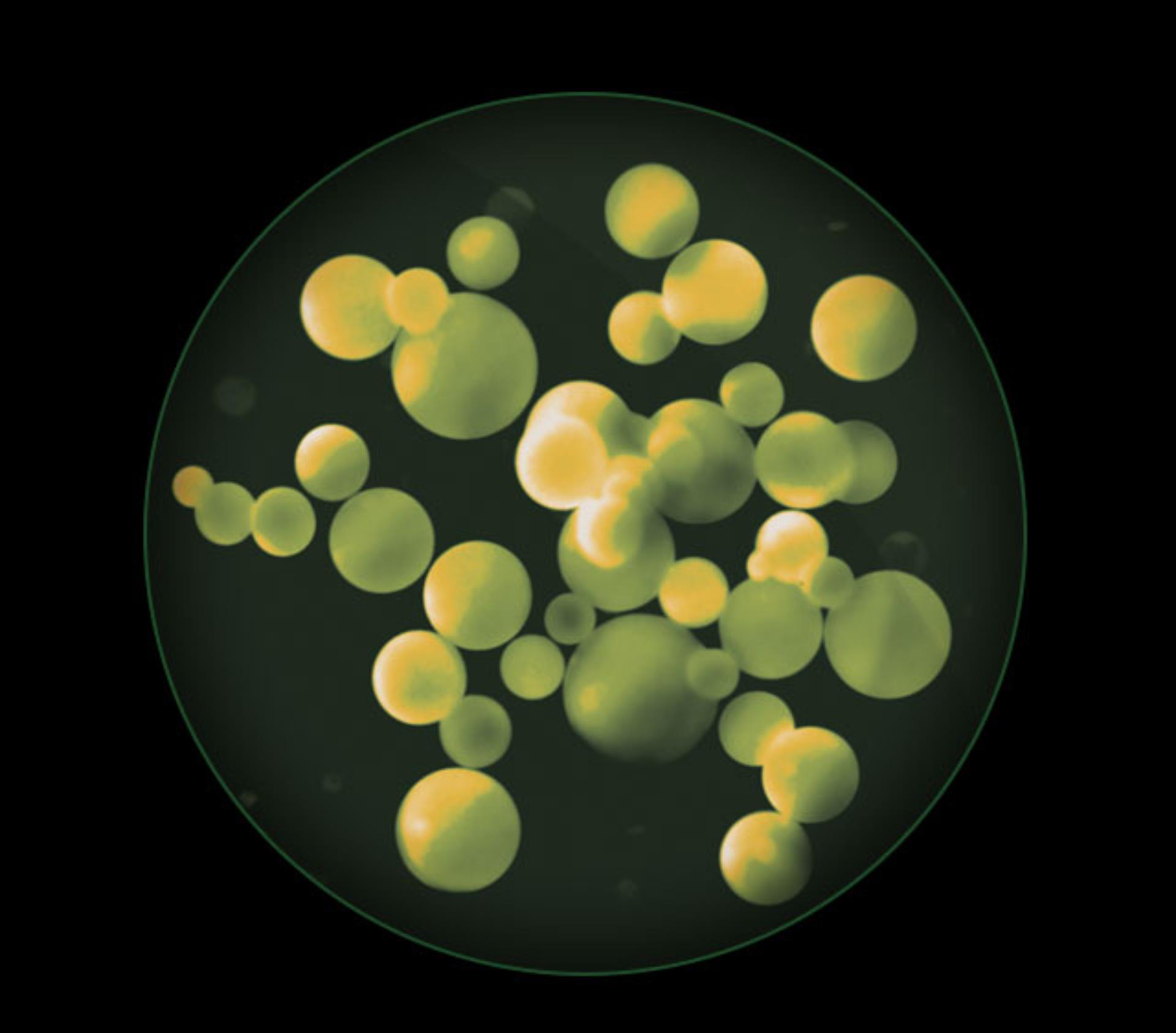
PM2.5
Fine particles smaller than 2.5 microns, including smoke, bacteria and allergens.
-
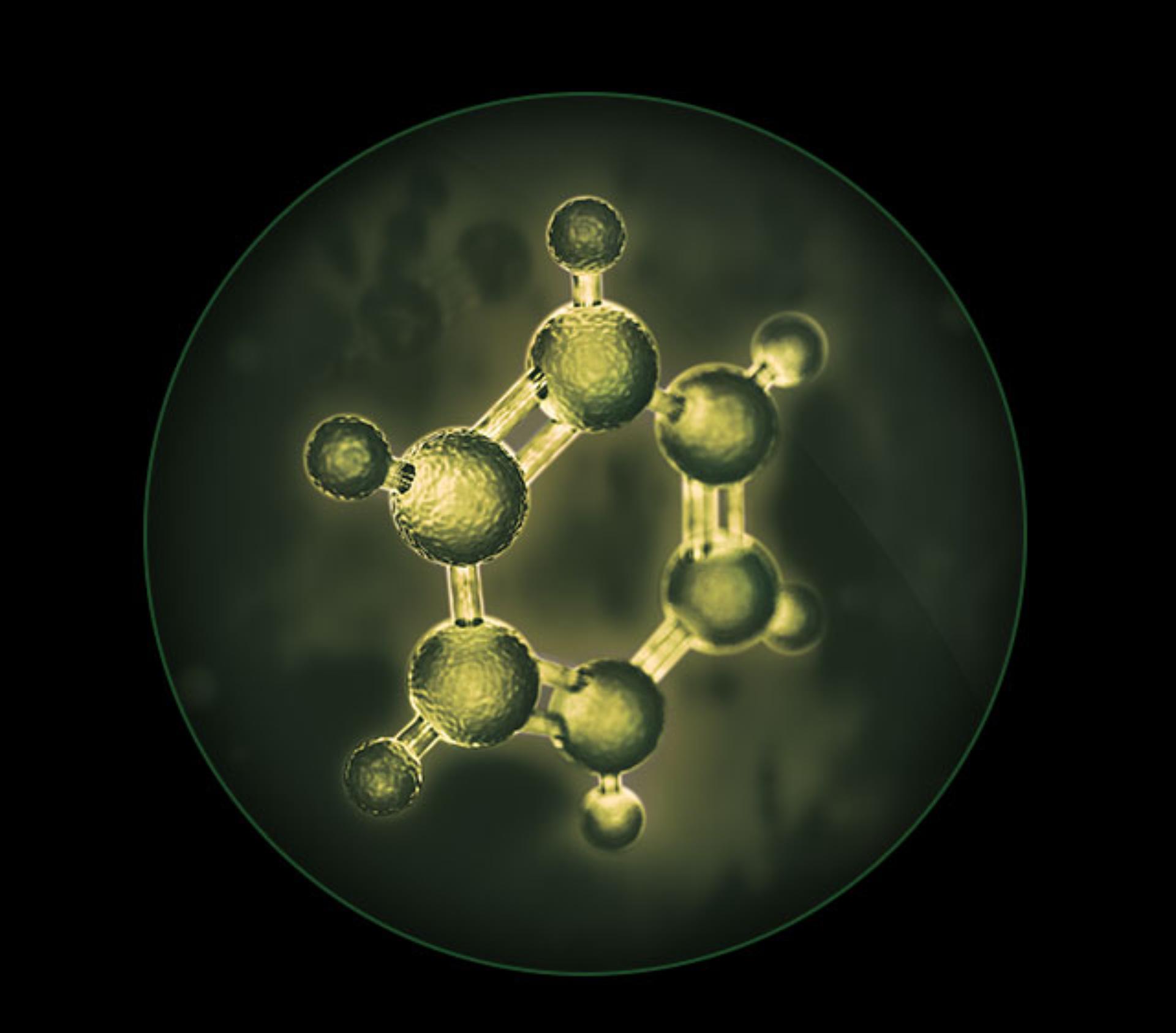
Volatile Organic Compound (VOC)
There are many sources of this type of gas, including formaldehyde, candles, detergent products and air fragrances.
-

Nitrogen Dioxide (NO2)
Potentially harmful gases released by combustion. Sources include cigarette smoke, candles and gas stoves.
Dyson air purifiers help improve indoor air quality and create a healthier home
Our air purifiers have intelligent sensing function that captures pollutants through a fully-sealed filtering system, capturing 99.95% of potentially harmful pollutants as small as PM0.1, such as bacteria and viruses¹. With patented Air Multiplier™ technology, purified air is then projected to all corners of the room.

¹Independently tested in accordance with EN1822 and ISO29463 by SGS Laboratories Inc., USA, on 7 May 2021.

